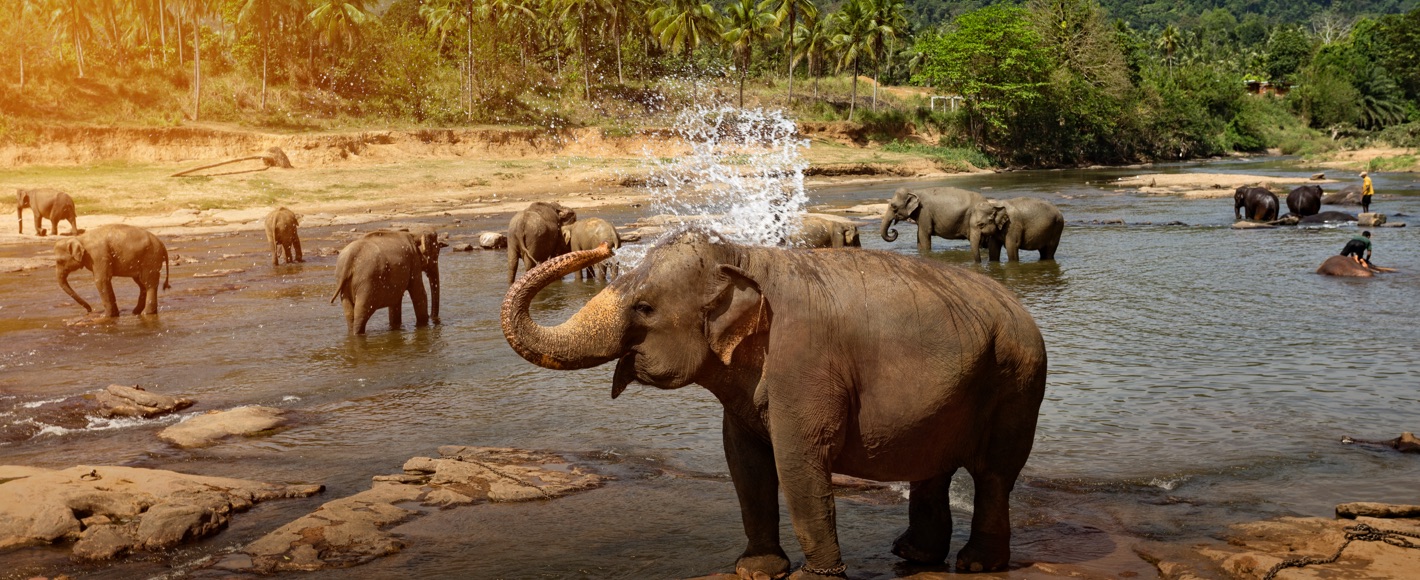Singapore: an ideal destination for urban luxury and family holiday
The number of Chinese tourists travels to Singapore is growing steadily and robustly in the past 10 years, from 1.4 million in 2009 to 4.5 million in 2019. There’re two peak seasons for Chinese tourists: the CNY holiday (Jan.-Feb.) and the Summer school holiday (Jul.- Aug.), which are also main occasions for family trips. This impression was further proved by the age profile of Chinese tourists in Singapore. According to the Singapore Tourism Board's data, age group 25-34 (752,904 visitors in 2019) and 35-44 (721,171 visitors in 2019) are the main demographic segments. But the next is the 55-64 age group (609,322 visitors in 2019), and young kids are also an important component in the tourists profile. There is a total of 409,142 Chinese kids under 14-year-old visiting Singapore in 2019. This seems to be a unique phenomenon to Singapore and indicates that families with kids are the mainstream Chinese tourist type visiting Singapore.
And from the ranking of paid attractions by Chinese tourists in Singapore, they enjoy Singapore as a casual luxury holiday destination. Lots of them stay in integrated resorts (51%) in Singapore, visiting gardens by the bay (36%), doing shopping in Sentosa (38%), and some of them even tried luxury activities like flight experience (10%). The luxury comfort and metropolitan sophistication in Singapore are the main attractions to Chinese tourists as a traveling destination.
Malaysia: enjoy the diverse cultural experience and natural resources.
Like Singapore, Chinese tourists to Malaysia also peak during the CNY holiday and summer school holidays. But what’s different is their travel patterns. According to the booking data from Ctrip, China’s biggest traveling booking site, most Chinese tourists to Malaysia will visit at least three different destinations. The top booking destinations in Malaysia are very diversified, including Kuala Lumper (71%), Sabah (61%), Melaka (47%), Semporna (38%), Kota Kinabalu (31%), and Batu Caves (30%). It is probably due to Malaysia’s rich and diverse natural scenery providing a wide choice of lifestyle from urban city life to relaxing beach life and natural cave adventure.
This diversity of experience can also be found in a survey on Mafenwo.com, another major travelling site in China. In their survey of Chinese tourists to Malaysia, the top attractions in Malaysia listed by Chinese tourists are: 1) beach & island; 2) Diverse culture; 3) Diving; 4) Colonial Architecture; 5) Diverse food choices. The multi-ethnic society in Malaysia offers a rich cultural experience to Chinese tourists, which is also the main driver for choosing to travel in Malaysia.

The examples above show that even between two neighbour destinations like Singapore and Malaysia, Chinese tourists still have quite different motives and behaviours. It’s usually a mistake to group these countries under one generic name: Southeast Asia when discussing Chinese tourists’ insights. There’s no one common tourism strategy to target Chinese tourists across ASEAN countries because Chinese outbound tourists are sophisticated and shrewd when making travel plans. They choose different countries for different reasons. And every country needs to do the same, dig deeper into the tourists’ mindsets to identify the differentiating “selling points” as a traveling destination to formulate the right strategy to attract the growing Chinese tourist group.

